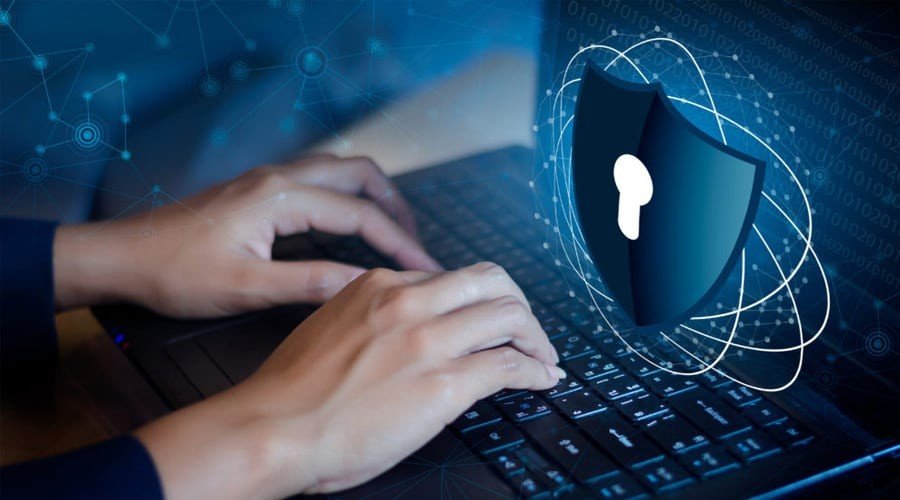Security is a necessity, not a priority Identity verification . The foundation of system security is robust authentication: only designated individuals should be able to authenticate access to sensitive data. Strong authentication techniques, and particularly biometric-based solutions, have proven to be quite effective and appear to be impenetrable when compared to conventional password-based systems. Face authentication is one of the most innovative and secure biometric authentication methods available, offering strong security for both individuals and enterprises. This essay will examine how Strong Authentication, which is fueled by Face Authentication Technology, is transforming system security.
Growth: The Value of Robust Authentication
Strong authentication is now more important than ever due to the rapid evolution of cyberthreats Identity verification. Because they can be retrieved by brute-force hacking, phishing attempts, and credential theft, even passwords and PINs are insufficiently secure. Strong authentication techniques like biometric face authentication, which are based on distinct physiological characteristics that are difficult or impossible to duplicate, would better safeguard a user’s system.To protect their systems and data from unwanted access, businesses ranging from banks to hospitals are moving toward stronger authentication methods. It is mostly a result of the growing number of data breaches and the gravity of their consequences.
Face Authentication: A Revolution in System Protection
Face Authentication Technology is the most technologically advanced development in strong authentication. It operates on the basis of something you are rather than a password or a tangible credential. It offers consumers a smooth, extremely safe experience and uses facial recognition to verify identity.Face authentication has been widely implemented in systems due to its simplicity and lack of intrusion. These days, gadgets can unlock their systems, access private data, and even make payments using a smartphone and a terminal. Beyond this, its primary benefit is its resilience, as the facial pattern is distinct, rendering it impossible for malevolent actors to spoof or circumvent the authentication.
The Implementation of Face Authentication Technology
Face Authentication Technology models and analyzes a person’s facial structures using complex algorithms. First, a picture or video of the user’s face is taken. After undergoing some processing, this face image becomes a distinct biometric template—the digital representation of the human face. The user’s identification is verified by comparing his live image with the saved template whenever he tries to enter the system.
Face authentication technology is great since it can quickly and accurately verify people. Despite changes in lighting, this biometric can authenticate users in real time with the highest accuracy. Artificial intelligence and deep learning developments have rendered it impossible to fake facial authentication systems.
Biometric Face Validation: A Security measures against Fraud
Businesses are compelled to look for more stringent identity authentication techniques due to the rising prevalence of online fraud . The most effective approach in this regard is biometric facial authentication, which also serves as a strong fraud prevention measure. No two biometric records match any one person, and the information is very hard to duplicate or hack into, unlike passwords, which might be stolen or guessed. Biometric Face Authentication improves security and lowers fraud situations involving online services, e-commerce, and banking. Businesses may eliminate the possibility of fraudulent transactions or illegal access by using Face Authentication Technology, which is present in installed systems, to identify users in real-time. The biometric method has proven to be quite successful .
Face Authentication’s Function in Contactless Systems
Contactless methods of authentication are in high demand during a worldwide pandemic Identity verification. The preferred technique for safely and hygienically verifying identification in this situation without requiring any physical contact at all is facial authentication. Face authentication technology is being incorporated into access control systems more and more in office buildings, airports, and healthcare institutions to reduce contamination concerns and increase system security.
Prospects for Robust Face Technology Authentication in the Future
Stronger and more advanced authentication methods are becoming more and more necessary as cyber threats continue to change. As advancements in deep learning, artificial intelligence, and 3D facial recognition improve accuracy and security and make it more difficult to circumvent, stronger authentication methods are probably going to develop even more in the future to accept Face Authentication Technology into a range of industries, from banking to government services.
More multimodal biometric systems that integrate facial authentication with additional biometric components are anticipated in the future. Voice or fingerprint recognition are two methods of recognition. The system will acquire far more depth as a result, and it may become nearly impenetrable.
conclusion
By enabling empowered authentication with face authentication technology, this technology transforms the cybersecurity environment. Biometric authentication offers unbreakable safety measures to protect sensitive systems and data while combining ease and security. Businesses and organizations are using face authentication more and more to guard against new dangers. A secure digital future is made possible by facial authentication, which reduces fraud and facilitates contactless interactions.
